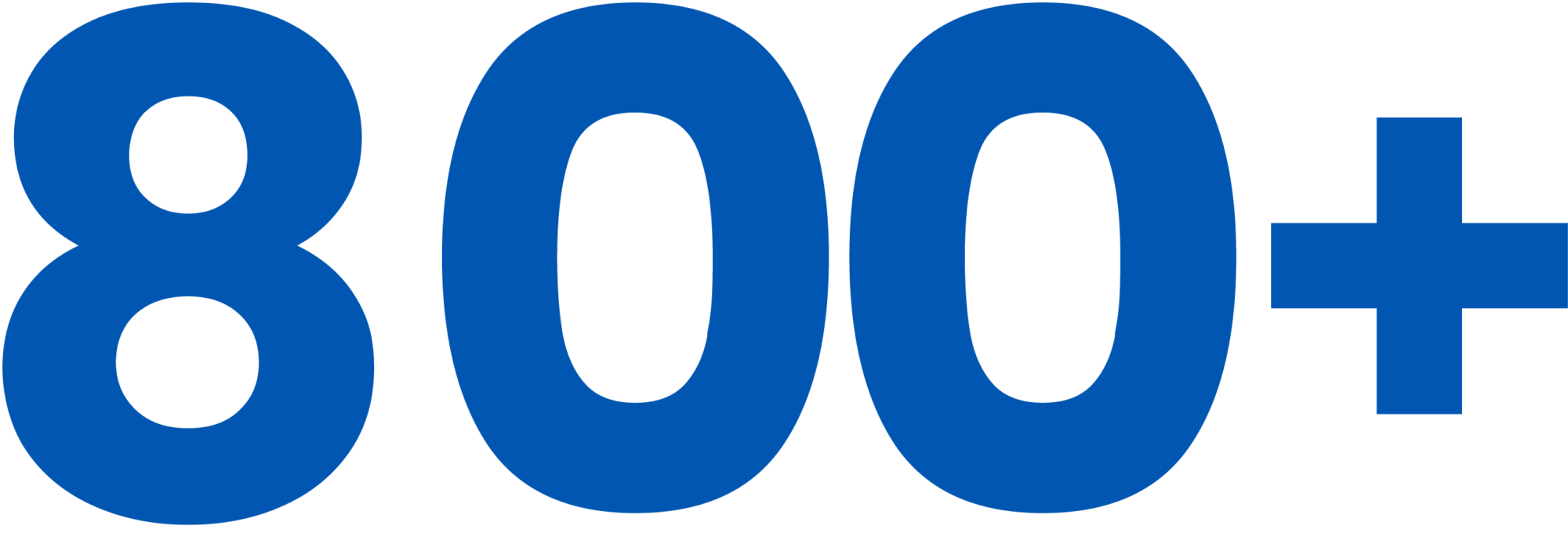Implementing a development strategy based on proven science is central to driving high performance.
Leaders are a critical component to company success. In fact, 70% to 80% of organizations share concerns over the lack of effective leadership, while the same number of organizations say hiring, developing, and promoting talent is a critical focus for future success. Successful organizations know this and are investing in identifying the leaders with potential and growing the behaviors that inspire and drive high performance.
With a market saturated with a multitude of training and development offerings, knowing how to develop leaders can be confusing and costly, with over $550 billion lost annually by ineffective leadership training. WSA approaches development from a scientific perspective by focusing on proven aspects of leadership behavior that will not only optimize leadership growth but directly impact business outcomes.
As a leader, it is important to understand where alignment and misalignment occur in how you think of your own actions, communications, and behaviors; and how they are perceived and received by others. This accomplishes not only a strong self-awareness but an understanding of where actions, communications, or behaviors need to evolve through self-action or development and coaching efforts.
The 360 leadership assessment is used to gain an organizational understanding of where there are leadership strengths and gaps, individually and collectively, that are impacting engagement and performance across the organization. The assessment utilizes full-circle feedback to pinpoint discrepancies in how a leader views him or herself versus how he or she is viewed by others in the organization — and where those discrepancies are either aligned or misaligned to organizational KPIs.
The primary goal of the leadership self-assessment is for the individual leader to gain self-awareness and insight into specific areas of existing strengths and those of opportunity to enhance skills, talents, behaviors, and to truly impact employee engagement and performance.
After the assessment concludes, leaders are provided a roll-up of the aggregate results based on feedback from their raters. This report provides thematic insights and highlights strengths, opportunities, and disconnects. Coaching workshops are also available where leaders will learn how to understand and interpret the report and best practices for moving the needle on development and engagement.
One-to-one coaching services with a WSA Consultant are also available. These 90-minute sessions provide a deep dive dialogue into results where the leader and the consultant work hand-in-hand to create an action plan for improvement. It is a high-touch model that provides high-touch attention.
Additionally, some organizations choose to undertake a structured enablement workshop that trains a team of employees or leaders to be internal organizational coaches and mentors. This training is based on the WSA leadership model and coaching techniques.
